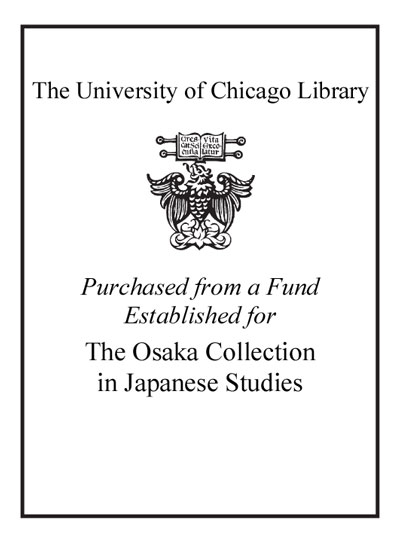Japan's quest for stability in Southeast Asia : navigating the turning points in postwar Asia /
Saved in:
| Author / Creator: | Miyagi, Taizō, 1968- author. |
|---|---|
| Uniform title: | "Kaiyō kokka" Nihon no sengoshi. English |
| Imprint: | London : Routledge, Taylor & Francis Group, 2018. ©2018 |
| Description: | xviii, 134 pages : illustrations, map ; 25 cm. |
| Language: | English |
| Series: | Routledge Contemporary Japan Series ; 72 Japan library Routledge contemporary Japan series ; 72. Japan library (Shuppan Bunka Sangyō Shinkō Zaidan) |
| Subject: | |
| Format: | Print Book |
| URL for this record: | http://pi.lib.uchicago.edu/1001/cat/bib/11396278 |
Table of Contents:
- 1. The birth of "Asia": the Bandung conference and Japan's dilemma
- 2. Japan's "southward advance" and its repercussions: between independence and the Cold War
- 3. Seeking to influence the course of decolonization: Japan's rivalry with the United Kingdom, tug-of-war with China
- 4. The turning point of post-war Asia - 1965
- 5. The thawing of the Asian Cold War: US-China rapprochement, and the emergence of the "China Issue"
- Epilogue.

